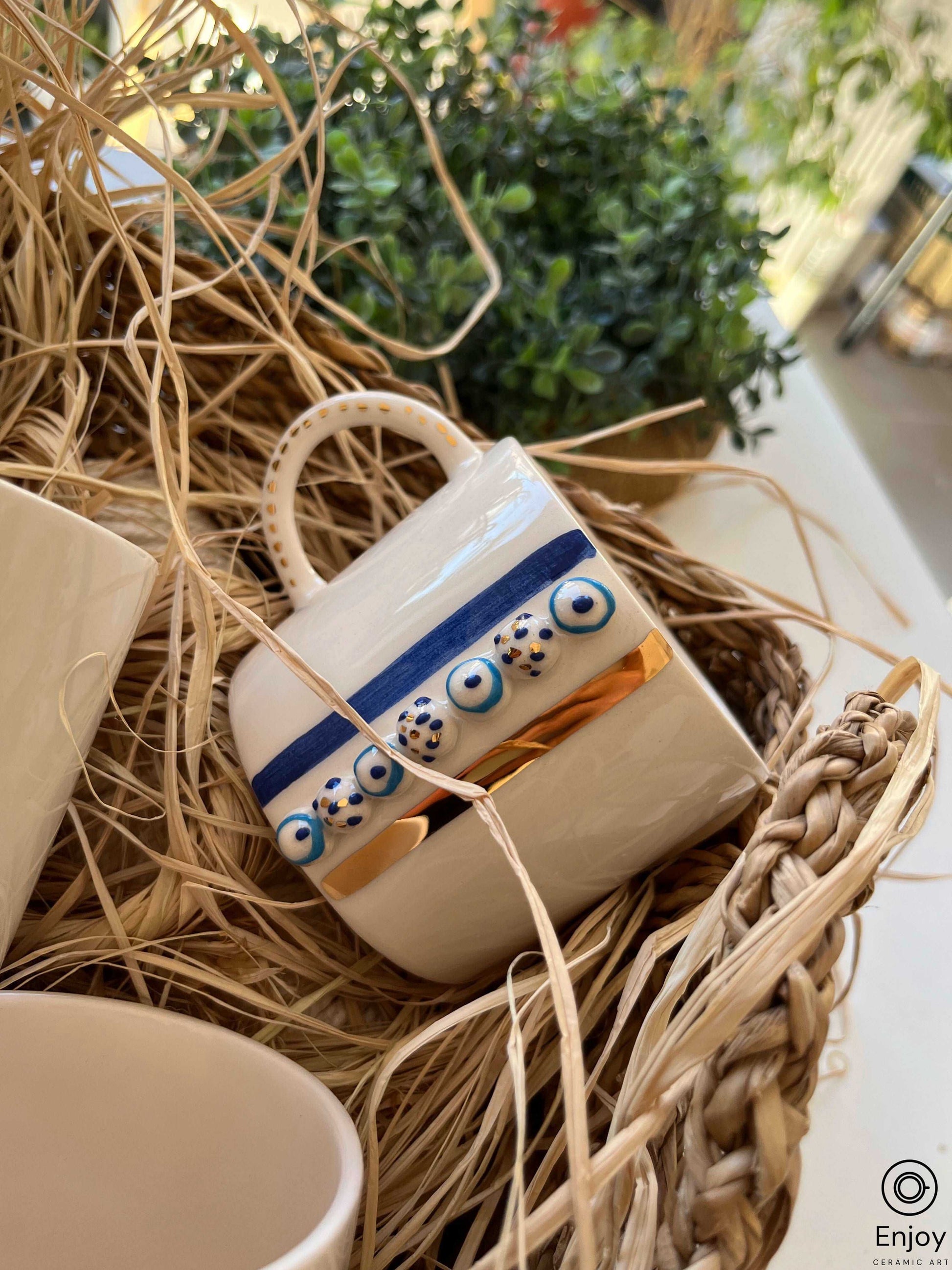Unique Art - An Overview
Unique Art - An Overview
Blog Article
Everything about Unique Art
Table of ContentsHow Unique Art can Save You Time, Stress, and Money.See This Report about Unique ArtThe 10-Second Trick For Unique ArtThe Ultimate Guide To Unique Art
While one might dispute which art kind holds priority, the reality stays that each of these 7 kinds supplies an unique home window into human history, society, and development. They are the tapestries that chronicle our trip, reminding us of our past while inspiring visions for the future.Great art work tells a story, makes individuals look twice, and produces a distinct experience that can not be matched. Art and images communicate every one of that through color, form and various other style components. Learn exactly how to make your distinct artwork stand out from the group.

8 TRIA GIOVANEqual parts grand and laidback, this foyer designed by Anthony Baratta is the excellent plan to comply with if you're embellishing a formal entry that still feels unfussy and comfortable. Formed textiles take spotlight (see the rugs and the couch), yet they also help bring the high ceilings down to a human scale when hung over wallpaper.
Unique Art - Truths
18 Heidi Caillier DesignA gallery wall surface doesn't require to take up the entire area. In some cases a tiny one can make a bigger design statement. In this living space, Hiedi Caillier decided for micro-mini frameworks and an arbitrary composition.
, the expression of ideas and feelings, with the production of specific visual qualities, in a two-dimensional visual language. The elements of this languageits forms, lines, colours, tones, and texturesare utilized in numerous ways to produce sensations of quantity, room, motion, and light on a level surface area. These components are combined into meaningful patterns in order to represent real or superordinary sensations, to translate a narrative style, or to produce entirely abstract visual connections.
Later the notion of the "fine artist" developed in Asia and Renaissance Europe. Throughout the 19th century painters in Western societies started to lose their social position and safe patronage.
Some Of Unique Art
Others made a revenue via touring exhibitions of their job. The demand to attract a market had actually replaced the similar (if much less impersonal) needs of patronage, and its effect on the art itself was probably similar also. Usually, artists in the 20th century can reach a target market only with commercial galleries and public museums, although their job may have been periodically recreated in art periodicals.

Don't duplicate the design of other artists if you're looking for your style. Duplicating other individuals's artwork can be wonderful in educational objectives but it will not make you closer to discovering your own one-of-a-kind style. Your creative design has to be, what you like and what inspires you.
I would assume of your very own style as a why not try here design you repaint in naturally, when you let go of all ideas and guidelines and simply concentrate on paint, not thinking regarding it. Unique Art. The style needs to come naturally to you when you are loosened up and you can not compel it or it will not be your own style, simply another person's
About Unique Art

With time you'll be able to sort all of them right into your preferred and the very least preferred classifications. Attempt to concentrate your focus on the subjects and tools that you like and before you see it coming you'll have your very own personal and special design, like no one else have! In the end you'll have a couple of favored subjects to paint and maybe a few favored mediums.
The style has to develop itself over time with like this a great deal of technique and experiments - Unique Art. Thanks for reviewing this post and if you have any type of questions leave them in the remarks listed below, I 'd more than happy to answer these
Report this page